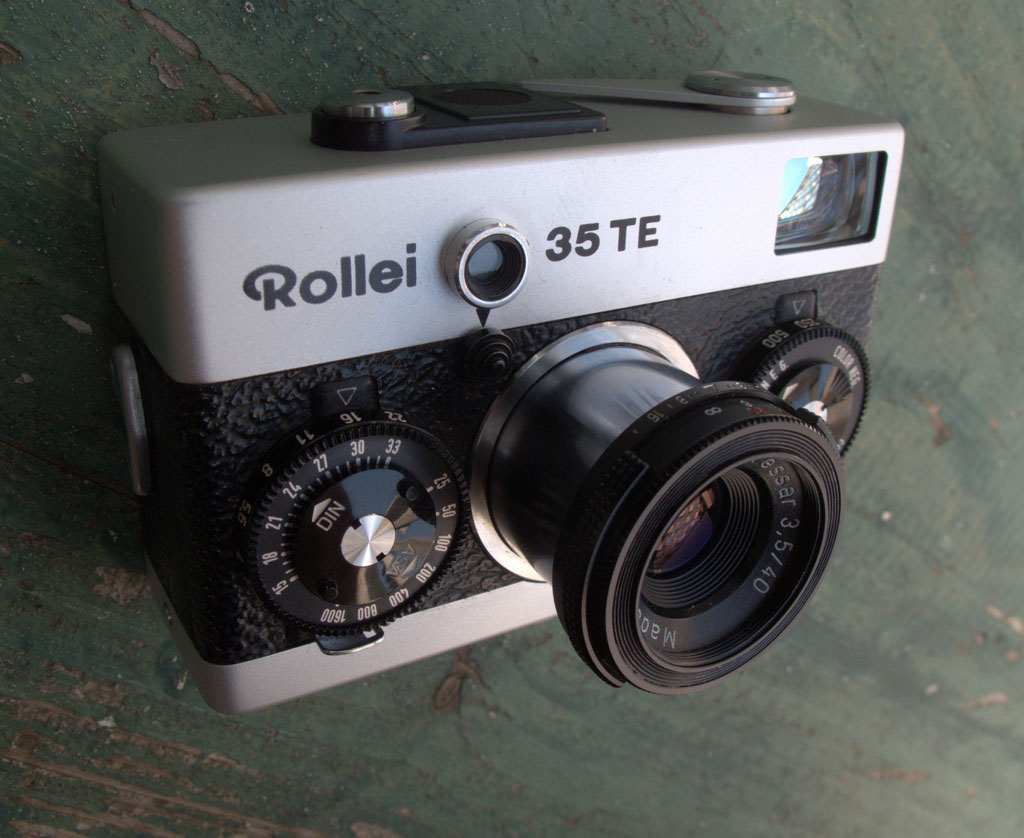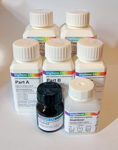Rollei 35 TE Repairs

I bought a Rollei 35 TE recently that had a couple of issues, and it was driving me bonkers that I could find very little information online about this great camera. Everything I could find, including the service manual, was for the previous generation 35, S and T series cameras.
The issues with my TE were in the meter and lens barrel. The lens barrel was loose and when retracted the lens kept flopping out. (This is a common ailment with all Rollei 35 cameras.) The other problem was that the meter would not auto-off after 10 seconds as stated in the manual. It was always on as long as there was a battery in the chamber.
Metering was spot on and agreed perfectly with my Gossen Lunasix3 and the camera still took a great picture despite these issues, but they were quickly becoming a major annoyance. Since all the repair estimates I got were for much more than what the camera cost me (and often more than what I could realistically sell it on eBay for) and did not guarantee the meter could be repaired or replaced (in fact most were convinced it could not). I decided to try to fix it myself and document the process for others that might be facing the same issues.



